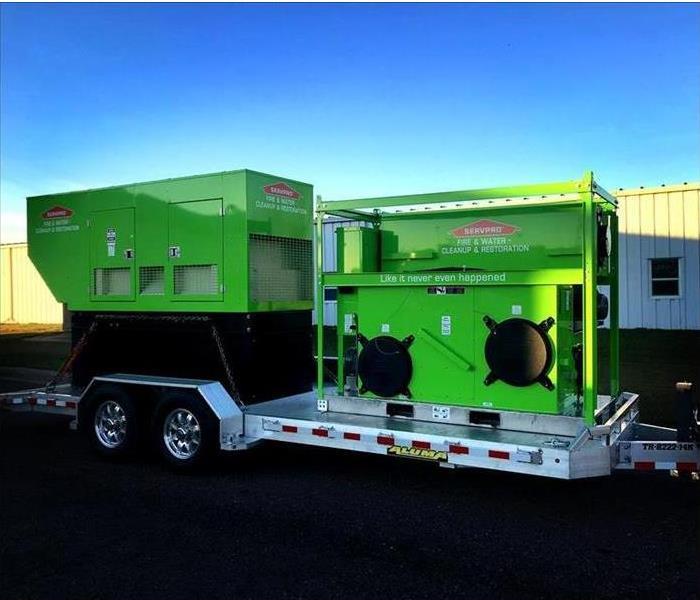Storm Preparedness
9/5/2018 (Permalink)
Every year parts of the United States, including the east coast, find themselves experiencing the high winds and heavy rain of a hurricane storm surge. The Atlantic hurricane season runs from June 1st through November 30th. Being prepared for these storms is the key to your safety and in reducing damage to your home and business. Here are a few things that you can do to be prepared:
- Before
- Have a plan. Having a plan ready for what you need, how to get in contact with relatives and loved ones, and what you will do if evacuations are required. Planning can help to ensure you are ready regardless of if you leave your home or shelter in place during the storm. You can also visit FEMAs website for more information about putting together an emergency plan. (link https://www.ready.gov/make-a-plan)
- Have an emergency kit ready. Always make sure to have an emergency kit ready with supplies for sheltering in place or for evacuating the area if told to do so.
- Listen for weather reports and instructions. Paying close attention to the weather reports and instructions from local government can help to keep you and your family safe and prepared for the storm.
- Know how to turn off gas, electric, and water utilities in your home. Turning off the utilities can prevent further damage occurring in the event that you are required to evacuate.
- Property maintenance. Removing dead or damaged branches, repairing damaged gutters, or loose debris in the yard can prevent damage caused by debris becoming projectiles in the wind. Cleaning out clogged gutters can also prevent water damage.
- During
- Stay updated on the storm. Listen for alerts and instructions from local officials on the news and radio. Also be sure to follow the instructions given to better ensure your safety.
- Avoid windows and glass doors during the storm. High winds can create projectiles that can shatter glass and harm occupants in the home.
- Stay inside during the eye of the hurricane. Hurricanes are a large circular storm system that rotate around a central eye. The eye may seem calm as if the storm has passed but the rest of the storm will shortly follow behind it.
- After
- Check-in with family and friends. Check in on loved ones in the affected area and let those that you now outside of the area that you are safe. If land lines are down social media and texting may be more effective ways to make contact.
- Return home only when authorities indicate it is safe. Never attempt to re-enter the area until the area has been cleared as safe.
- Avoid debris and downed power lines.
- Avoid walking or driving through flood waters. Just 6 inches of moving water can knock a person down, and one foot of fast-moving water can sweep your vehicle away.
- Take inventory of damage to your property. Photograph the damage in order to assist in filing an insurance claim.
- Prevent additional damage from occurring. Tarp or board up damaged roofs and windows. Your insurance may not cover additional damage that occurs after the storm has passed.





 24/7 Emergency Service
24/7 Emergency Service
